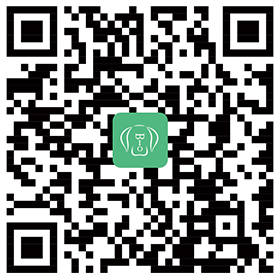
The platelet basic protein (PBP), a member of the α-chemokine family, resides in the α-granules of platelets and is released upon their activation. PBP has been shown to form a complex with Raf-1, MEK, and Erk. Thus, PBP competitively disrupts the Raf-1-MEK complex and effectively terminates signal transmission from Raf-1 to MAP kinases. Proteolytic cleavage of the amino-terminus of PBP leads to the generation of several peptides, which include mature PBP, connective tissue-activating peptide-III (CTAP-III, also designated low affinity platelet factor IV (LA-PF4)), β thromboglobulin (β TG) and neutrophil activating peptide-2 (NAP-2). PBP and its N-truncated derivatives mediate inflammation and wound healing.